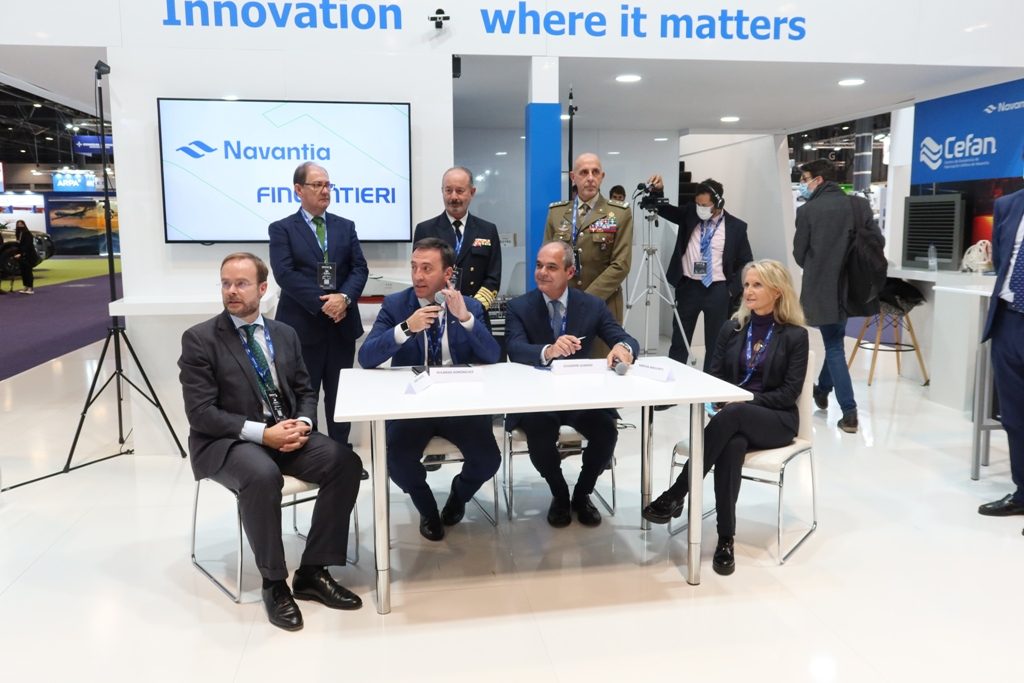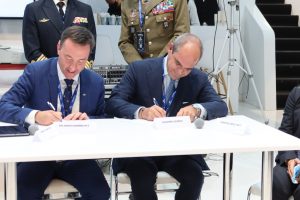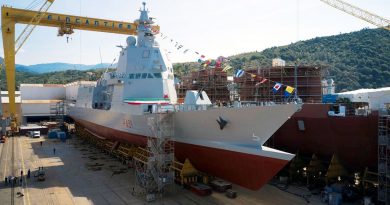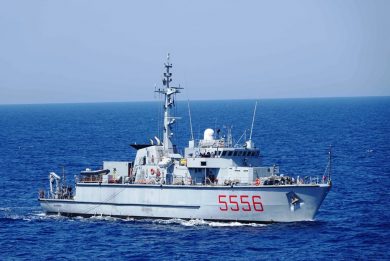
Fincantieri and Navantia join forces for future ships. Mr. Giuseppe Giordo view
By Paolo Valpolini
A few hours before the signing of the Memorandum of Understanding with Navantia, the Spanish shipyards champion, Giuseppe Giordo, General Manager Naval Vessels at Fincantieri, met EDR On-Line to provide his view of the upcoming European naval sector.
Working for the major part of his life in the aerospace sector he could not avoid making a comparison with what happens in major European aeronautical programmes. “In the aerospace field have seen multinational cooperation since long time, think about Tornado, Eurofighter and A400M to name only fixed wing aircraft, however in the naval side the European cooperation has been much weaker,” he states.
In fact the first attempt to overcome national boundaries putting together the expertise of two nations, France and Italy, is the Naviris joint venture, “but to really make it working we need to have a common product that should become a strategic asset on the international market,” he notes, adding that this should be the first move before any possible consolidation and consistent transfer of technology.
The signature of the MoU with Navantia, which happened on day of FINDEF, the defence exhibition organised in Madrid on November 3-5, represents a move forward, which should bring together the naval players of three of the major Mediterranean nations. “There are not many naval players in Europe, the ones from France, Italy and Spain being quite similar as the all three are mostly public owned, while for example the German case is different, more fragmented, and the companies are mostly private owned,” he explains, adding that also the German political support to the defence export is pretty different from that of the three Latin countries. “The French, and by this I mean Naval Group, recognise the need to widen the cooperation that was created with Naviris, and in perspective we aim at including also Greece, albeit its naval industry is smaller than the others, but this might be overcome involving subcontractors,” Mr. Giordo says. It is to note that in October Fincantieri expressed its interest to Greece to join an investment group to lead the restructuring of the Elefsis Shipyards taking into consideration their potential role for both future domestic and continental programmes.
The Fincantieri General Manager Naval Vessels considers that for Europe it would be key to have a group of European countries belonging to NATO that would deploy a same asset that can be used in combined mode. “To do so within Europe, with two or more partners, three conditions must be met, the first is to make a compromise between the operational requirements of the different navies, the second is to make a compromise on the roadmap, in order to have a reasonable timing in terms of production, and the third is the willingness to participate to the development and design expenditures,” he underlined. “If naval companies want to grow in business as well as in technology, if they want to something big, they can only do it together.”
“The agreement signed in Madrid between Navantia and Fincantieri is generic and is not related to any specific programme,” Mr. Giordo clarifies, “so now we must find a common programme.”
The European Patrol Corvette, the OCCAR-led programme that sees Italy in the lead, with the aforementioned three other Mediterranean players already art of the game, should well be the first common product that might see the light, providing that the three conditions stated by Mr. Giordo would be respected. Another product might be the future destroyer, another project on which for the time being the nations involved have different thoughts in terms of requirements and timing, but which might become a common programme in order to improve the European unity in the naval arena, increasing commonality, easing interoperability and providing a considerable asset on the export market, making the word Europe a bit more concrete and not anymore a slogan.
Photos by P. Valpolini




